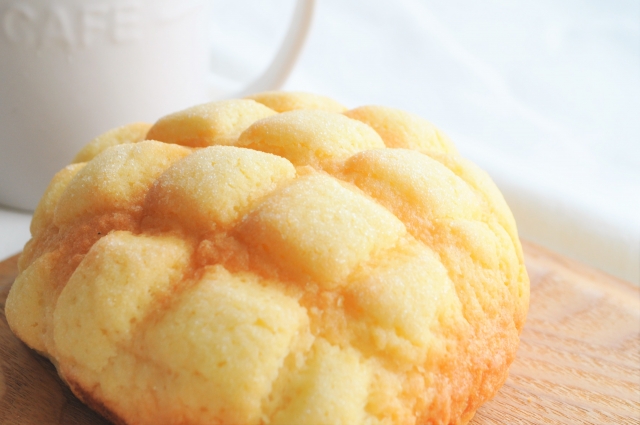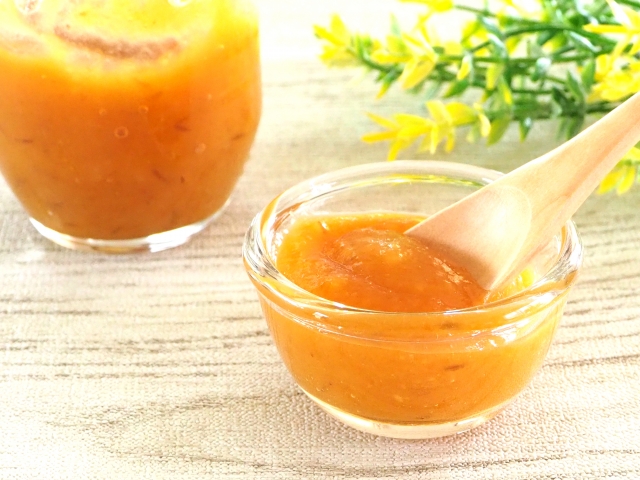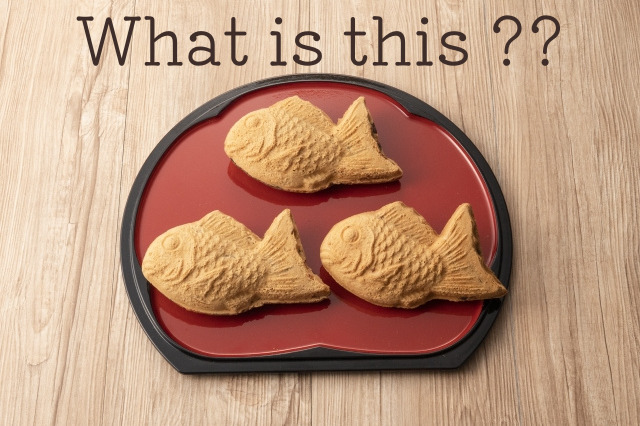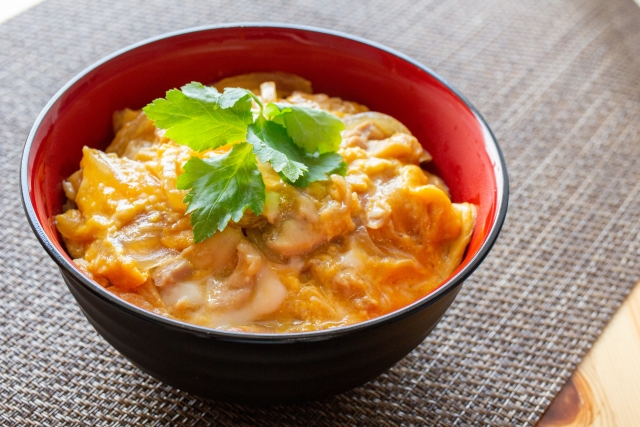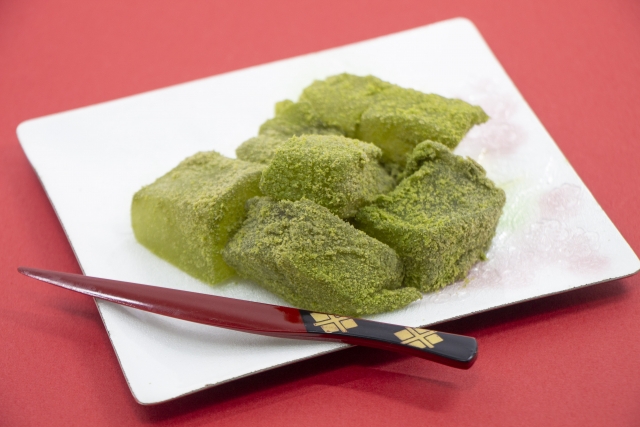
Speaking of Japan, matcha! ! Japanese green tea is known around the world as a Japanese greentee. Matcha sweets, sweets and green tea dishes are now appearing around the world!
Today, we will recommend information about the world-famous Matcha and the best Matcha sweets and famous shops in Japan! !
About the history of Matcha
It is no exaggeration to say that “Matcha”, which is recognized by most Japanese people, is a Japanese national food.
Most Japanese confectionery makers sell matcha-based sweets (chocolate, cookies, etc.), and it is extremely popular among OL and students. Supermarkets are full of matcha sweets (laughs) Matcha is loved by all people so much, but what is matcha in the first place?
About the history of Matcha

About 800 years ago, from China to Japan. And now from Japan to the world ~
Tea is said to have begun in China around 2700 BC. During the Han period, tea was introduced in medical books. It was originally taken as a medicine, but gradually became a drink enjoyed by upper class nobility.
It was during the Tang Dynasty that it spread throughout China, and drinking tea was considered the cutting edge of fashion. The tea at that time was not green tea, but was called “hecha”, which was made by drying and curing tea leaves.
The tea is crushed and added to hot water. There are things that make it matcha, but it was brown rather than green like today's tea.
And how to make this tea and the seeds of tea are brought to Japan during the Heian period by the ambassadors and student monks. Like China, it was initially treated as a medicine, but it will gradually spread as a luxury product. Tea at this time was precious, and only a few people, such as monks and aristocratic classes, could speak.
Spread of tea

-The beginning and development of Matcha-
In 1211, about 800 years ago, a turning point came in the history of Japanese tea. The founder of the Rinzai sect, one of the Zen Buddhas, brings back the tea seeds from the cocoon and brings the so-called “matcha tea method” to the direction of the current tea. This is said to be the origin of tea.
After returning to Japan, Eisai wrote a tea book called “Tea Curation”. There, it was written about the effectiveness of tea and how to make it right. This book is dedicated to the general of the time, and tea will permeate the samurai society.
Afterwards, Mie Kamito, who inherited the Matcha method from Eisai, sown tea seeds in Kashio and Uji in Kyoto and tried to spread tea.
Tea that is deeply connected with the spirit of Zen is loved by generals, and during the Muromachi period, the tea plantation that cultivates Uji tea by the third general, Yoshimitsu Ashikaga, will receive special protection. The shogunate's tea garden was called “Uji Seven Gardens”, and Uji in Kyoto developed as one of the nation's leading tea production areas.
In this way, matcha is widely drunk, but at that time, it was speculated that it was not as smooth as it is now, but probably remained in the mouth. It was only after the tea mill appeared that fine-grained matcha was made.
A tea mill pulverizes tea leaves by rubbing the two upper and lower stone mills together. Like tea, it is said that study abroad priests told Japan what was originally used in China, but the age at which the tea mill appeared was not certain. At this time, it seems that “tea bowls” were used to stir the green tea that was finely crushed with a tea mill.
In addition, there have been significant advances in tea cultivation methods. That is Japan's unique “undercover cultivation”. Tea leaves that have been harvested in open field until now are grown and harvested without being exposed to sunlight for two weeks before harvesting. Undercover cultivation that began in Uji greatly improved the taste of Japanese tea.
In the Azuchi-Momoyama period, when tea-making tools were enriched and tea quality increased, tea will become a “culture”. Murata Tamami, who is called the ancestor of the tea ceremony, creates a prototype of “Wabicha” that pursues the spirit of tea and Zen. It is also a gem that made the tea room a four-and-a-half-quarter room, and contributed greatly to the development of the tea ceremony.
After the death of Jujutsu, the tea ceremony is further refined by Sho Takeno. Shao also promoted tea room and utensil reforms, gradually removing gorgeous decorations, and became a specification that emphasized the spirit.
And Senrikyu will appear. Rikyu is too famous for making “Ebicha”. Rikyu served Oda Nobunaga and Toyotomi Hideyoshi who loved tea ceremony.
Sengoku Daimyo at this time seemed to have held tea parties frequently for the purpose of “showing power” and “strengthening strategic ties”. In particular, Toyotomi Hideyoshi was put into the tea ceremony and made a golden tea room.
There are still some documents that indicate that Rikyu, who received the love of Nobunaga and Hideyoshi, had a great political impact. The story of Senrikyu reminds me that tea was deeply involved in Japanese history.
In the Edo period, it spread as a common drink for the common people, but at that time, the common people used a simple boiled tea leaf and had not yet been able to drink matcha. However, the common sense of common people's tea will change drastically after the production method of “sencha” was created.
In 1738, Sogen Nagaya, known as the founder of Sencha, invented the method of making Sencha = Ujicha. The transparent color and taste of tea that you have never seen before will catch people's hearts and spread throughout the country. This technology has become the mainstream of Japanese green tea, and is still passed down today.
Even after the birth of green tea, tea has been improved with the aim of further heightening. In the late Edo period, in 1835, Kayo Yamamoto, an Edo tea merchant, created a way to make gyokuro. Even now, when I hear “Gyokuro”, I feel a sense of luxury in the sound. Kabei Yamamoto really focused on development to make Sencha more luxurious.
After the end of the Edo Era, when the port opened due to the Meiji Restoration, tea became one of Japan's valuable exports along with raw silk, and will be transported in large quantities to other countries, especially the United States. At this time, tea was strategically mass-produced to ensure export volume.
After that, although there was a period when exports declined due to the influence of the war, tea was exported a lot overseas until the middle of the Showa era. Although the export volume will gradually decrease, the domestic demand will rise again as domestic demand increases.
In recent years, the word “MATCHA” has become widely recognized throughout the world. Due to the global health boom, the effects of green tea and green tea have attracted attention, and now it can be said that it has become a representative taste of Japan.
A major confectionery maker, March, was the onset of Matcha Move.
Let's take a look at the history, and let's take a look at Japan's world-class matcha sweets and sweets! !
Special feature of Japanese sweets
This time, we will introduce more famous Japanese sweets that are irresistible to matcha lovers.
We will pick up some recommended sweets and Japanese sweets that Japanese people want to eat once in a while, so please enjoy it!
Matcha gelato [Nanaya Aoyama]

The “Matcha Gelato Premium NO.7” of Nanaya Aoyama, which opened in 2016 in order to convey the deliciousness of Shizuoka Matcha, is Shizuoka Matcha's Marushichi made tea.
It uses plenty of green tea from the tea garden that won the Minister of Agriculture, Forestry and Fisheries Award, and it is so rich that it is said to be the “deepest in the world”! It is a gelato unique to a tea house that knows the deliciousness of Shizuoka tea and enjoys the original taste of matcha in both taste and aroma.
In addition, there is also “Matcha Gelato NO.1 ~ 6” which uses high-grade matcha for different points, depending on the number, so please order according to the mood and taste of the day ♪

Nanaya Aoyama store
Address / 1st floor, 2-7-12 Shibuya, Shibuya-ku, Tokyo
Business hours / 11: 00-19: 00
Regular holiday / Closed on Tuesdays (Open on public holidays)
Access / About 10 minutes on foot from Tokyo Metro Shibuya Station, about 8 minutes on foot from Ginza Line Omotesando Station
Click here for details on Nanaya Aoyama
GREEN TEA RESTAURANT 1899 OCHANOMIZU

Established in Ochanomizu in 1899 (Meiji 32), the long-established store “Hotel Ryumeikan Ochanomizu Honten”. The Japanese restaurant “GREEN TEA RESTAURANT 1899 OCHANOMIZU” on the first floor here offers a variety of menus based on the concept of “eating tea” after the place name “Ochanomizu”.
Among them, “1899 Afternoon Tea Plate” is a popular dish of any generation, with a beautiful selection of snacks and sweets.
A healthy chocolate tart "1899 Matcha Tart" using Uji Matcha and Tofu, and original "Onocha sauce" blended with dark matcha and milk “Nocha Fondue”, and a potato salad mixed with Matcha (!) A sandwich that sandwiches the specialty menu “Matcha Potato Salad”.
Since tea is added to the accent with exquisite adjustment so that the taste of the material stands out, it is also fun to enjoy different tastes at once, such as the bitterness and mellowness of matcha ♪

GREEN TEA RESTAURANT 1899 OCHANOMIZU
TEL / 03-3251-1150
Address / 3-4 Kanda Surugadai, Chiyoda-ku, Tokyo
Business Hours / Lunch 11: 00-15: 00 (LO 14:30), Cafe 14: 00-16: 30 (L.O 16:00), Dinner 17: 30-23: 00 (L.O 22:00)
- "1899 Afternoon Tea Plate" is provided only for cafe time
Regular holiday / irregular holiday
Reservation / possible
Access / 3 minutes on foot from JR Ochanomizu Station
7 minutes on foot from JR Kanda Station
1 minute walk from Shin-Ochanomizu Station on the Tokyo Metro Chiyoda Line
1 minute walk from Awajicho Station on the Tokyo Metro Marunouchi Line
1 minute walk from Ogawamachi Station on the Toei Shinjuku Line
7 minutes walk from Kanda Station on the Tokyo Metro Ginza Line
Click here for details on GREEN TEA RESTAURANT 1899 OCHANOMIZU
Kyoto Uji Sohonke Yuri Ginza Store

Due to its richness, matcha sweets that can only be enjoyed here are recommended at Kyoto's long-established “Guri” Ginza store, where love calls continue from everywhere.
Ginza store-limited “Goryo Soft Ginza Parfait” 1,080 yen (tax included) is luxuriously topped with “Oh no Tea Soft Cream” using high-quality Uji Matcha tea with An, Yatsuhashi, Guri Warabimochi and Baumkuchen. It ’s a reward menu that makes you unintentionally break your face.
Although it is a souvenir, you should definitely try the “Kyono Tea Terrine Colored Fruit”!
A refined dessert that blends fruit and nuts such as eggplant, apricots, figs, and walnuts into a dough mixed with Uji Matcha tea and white chocolate.
I'm also impressed with Ginza souvenirs and gifts for loved ones.

104-0061
GINZA SIX B2 6-10-1 Ginza, Chuo-ku, Tokyo
[Business hours] From 10:30 to 20:30 (irregular holiday) ※ According to facility
[Phone number] 03-6263-9988
Matcha Roll / ARINCO

ARINCO is a roll cake specialty store that sells not only classic vanilla rolls but also limited items using ingredients available in the area.
We handle more than 20 types of roll cakes, classic, seasonal and store limited.
The classic “Matcha Roll” (977 yen / tax included) is a roll cake using Uji Matcha from Kyoto. It is especially popular among ARINCO. The bittersweet green tea dough is soft and fluffy. Excellent compatibility with cream that is not too sweet.
This is a product that needs refrigeration, so why not eat it at a hotel or other inn?

100-0005
1-9-1 Marunouchi, Chiyoda-ku, Tokyo 1st floor Tokyo Station 1F Tokyo Mitasuchi Access Tokyo Station Yaesu North Exit Directly
"Nenrin ya" "Mount Balm Matcha 1"

“Mount Balm Matcha” is a Japanese balm Kuchen that "Nenrin ya" pursued a Japanese flavor with the theme of “Matcha Country, Japan”. It is a dish that was born in 2009 and celebrates its 10th anniversary this year.
Until now, it was handled only at some stores, but from this year in the 10th anniversary to commemorate, it will appear as a “seasonally limited item” at all Nennrin ya stores. Kyoto Uji Matcha was kneaded and kneaded, and the dough that was carefully baked over twice the time of regular Baumkuchen was laid down and aged to bring out the deep, mellow flavor and aroma unique to Matcha.
The Nennrin ya brand design is Baumkuchen's annual ring. “Mount Balm Matcha” has evolved this annual ring one step further to create a design box inspired by the elegant “Matcha no Chai Sansui”.

[Price] 1 piece 864 yen (main unit price 800 yen)
[Sales Period] Seasonally limited from April 13, 2018 (Friday) to August 29 (Wednesday)
[Distributors] Nennrin ya Stores (Ginza Main Store, Daimaru Tokyo Store, Seibu Ikebukuro Store, Sogo Yokohama Store, Hankyu Umeda Store, JR Tokyo Station Store, Haneda Airport Terminal 1 Store, Haneda Airport Terminal 2 Store [ * Departure gates that can only be entered by airplane passengers]) Small balm tree JR Shinagawa Station
Japanese matcha has been recognized globally, and nowadays Japanese matcha products are sold throughout the country.
And the country that caused the Matcha boom in the world is Japan! After all, Japanese matcha sweets are highly appreciated overseas, and it is no exaggeration to say that they represent the country's leading drinks and food!
In Japan, new green tea products are being developed every year in convenience stores and local cities, and more and more delicious sweets are being created one after another.
more than! It was the history of Matcha that Japan is proud of and the sweets of Matcha! !
